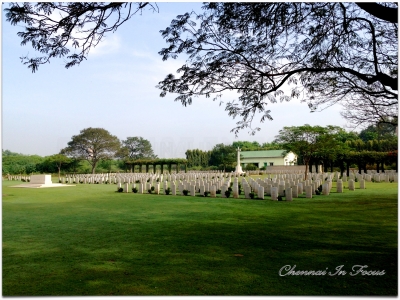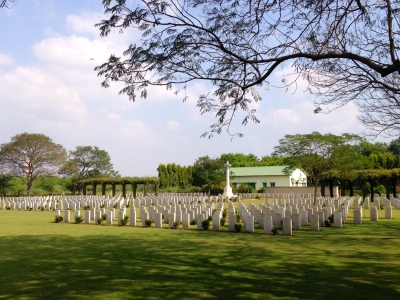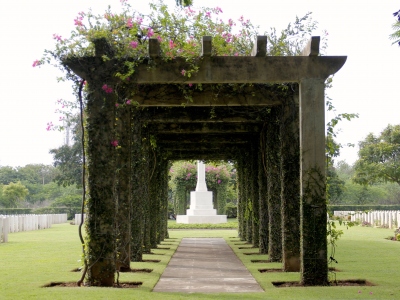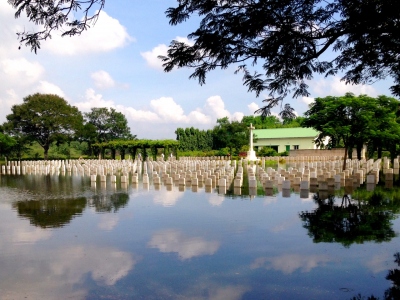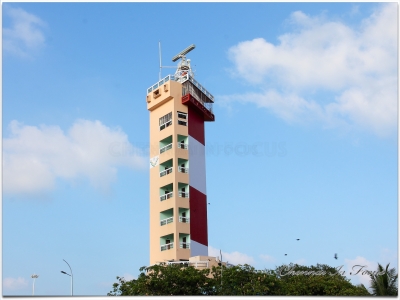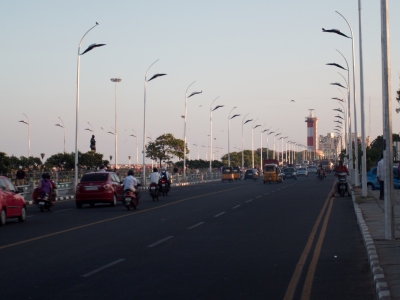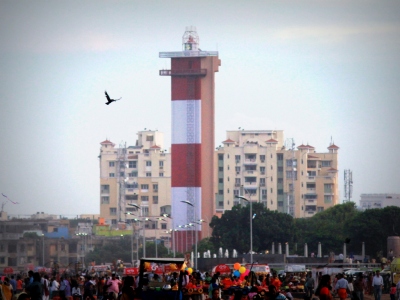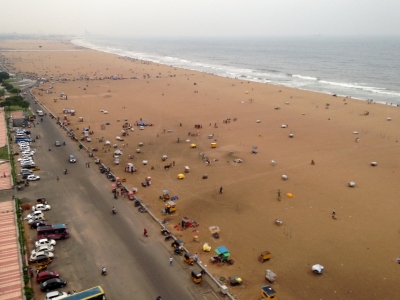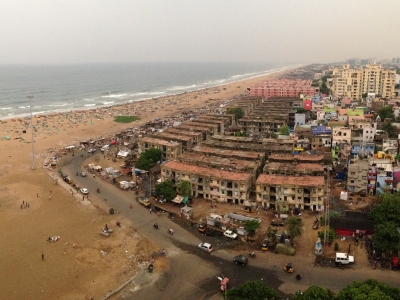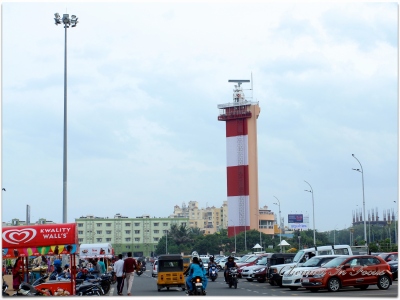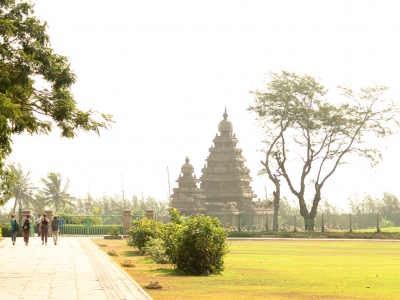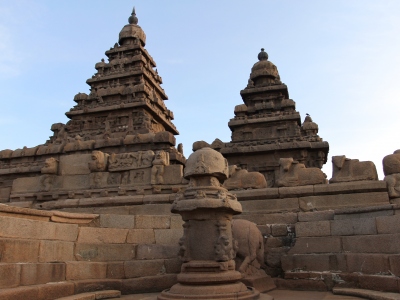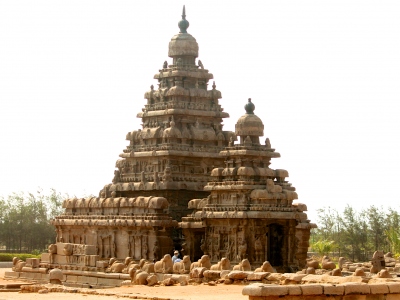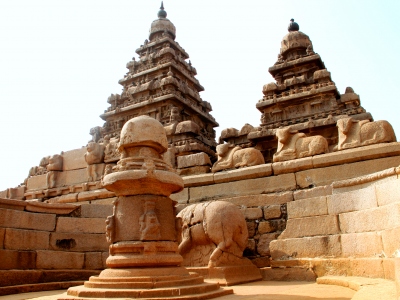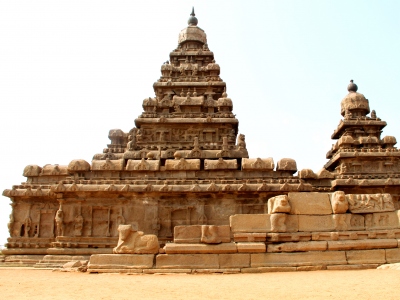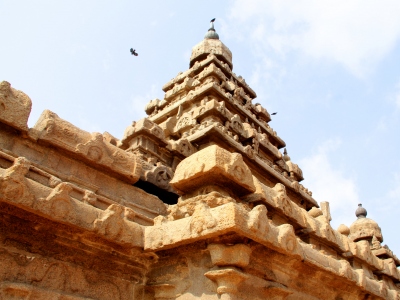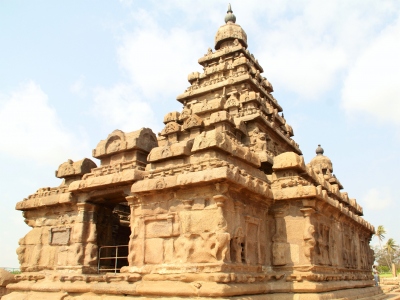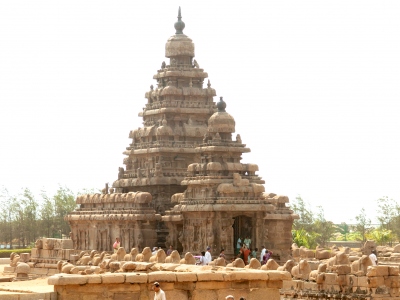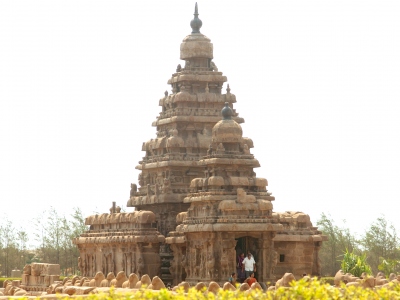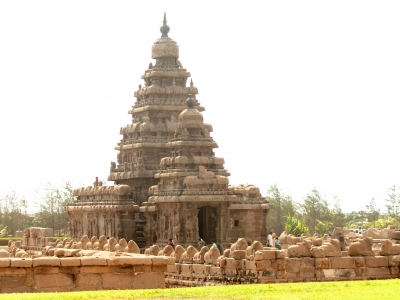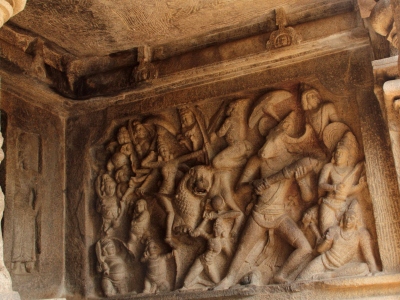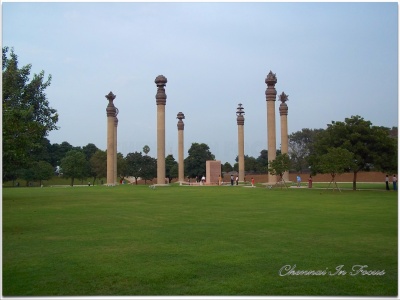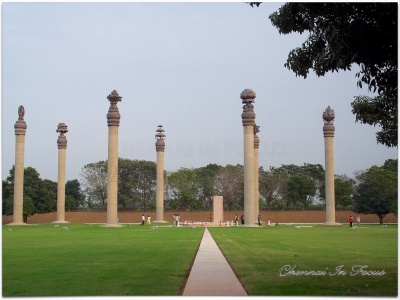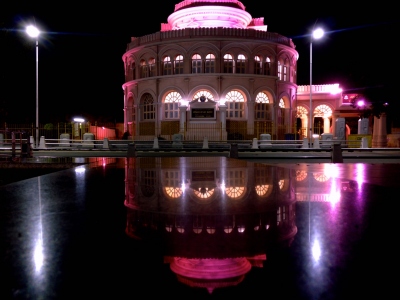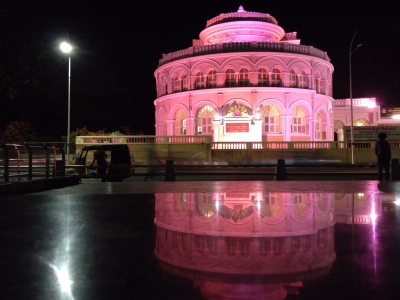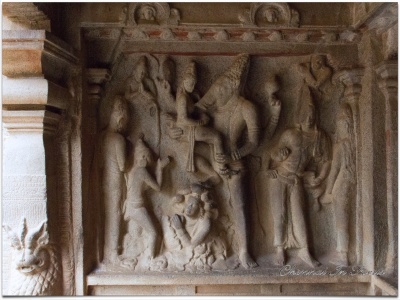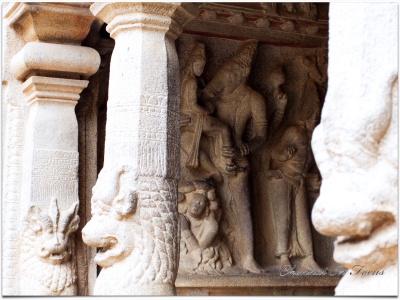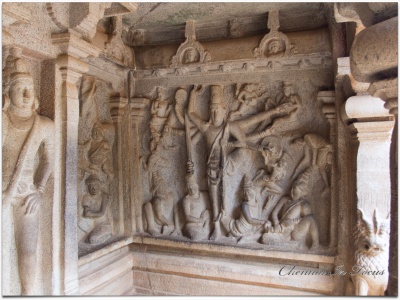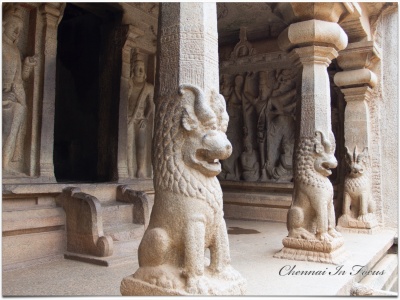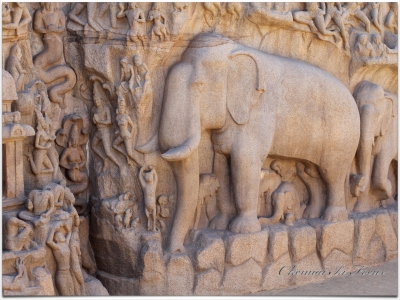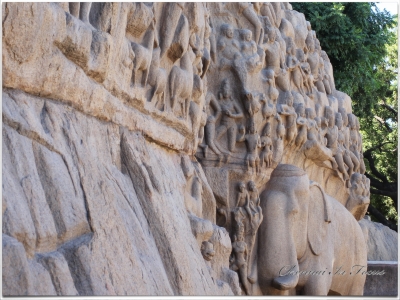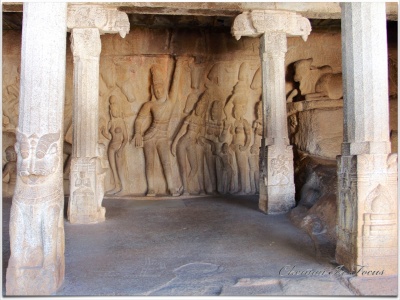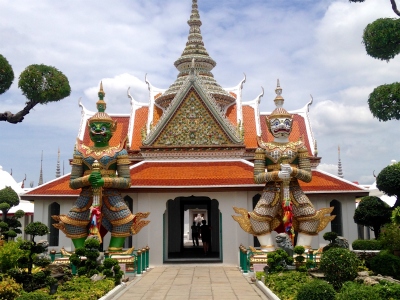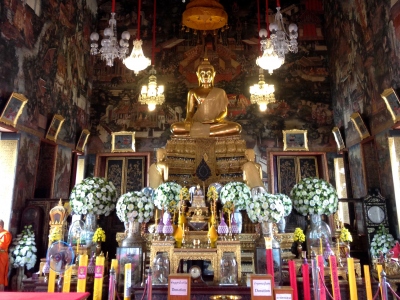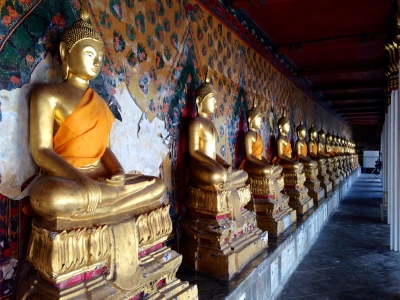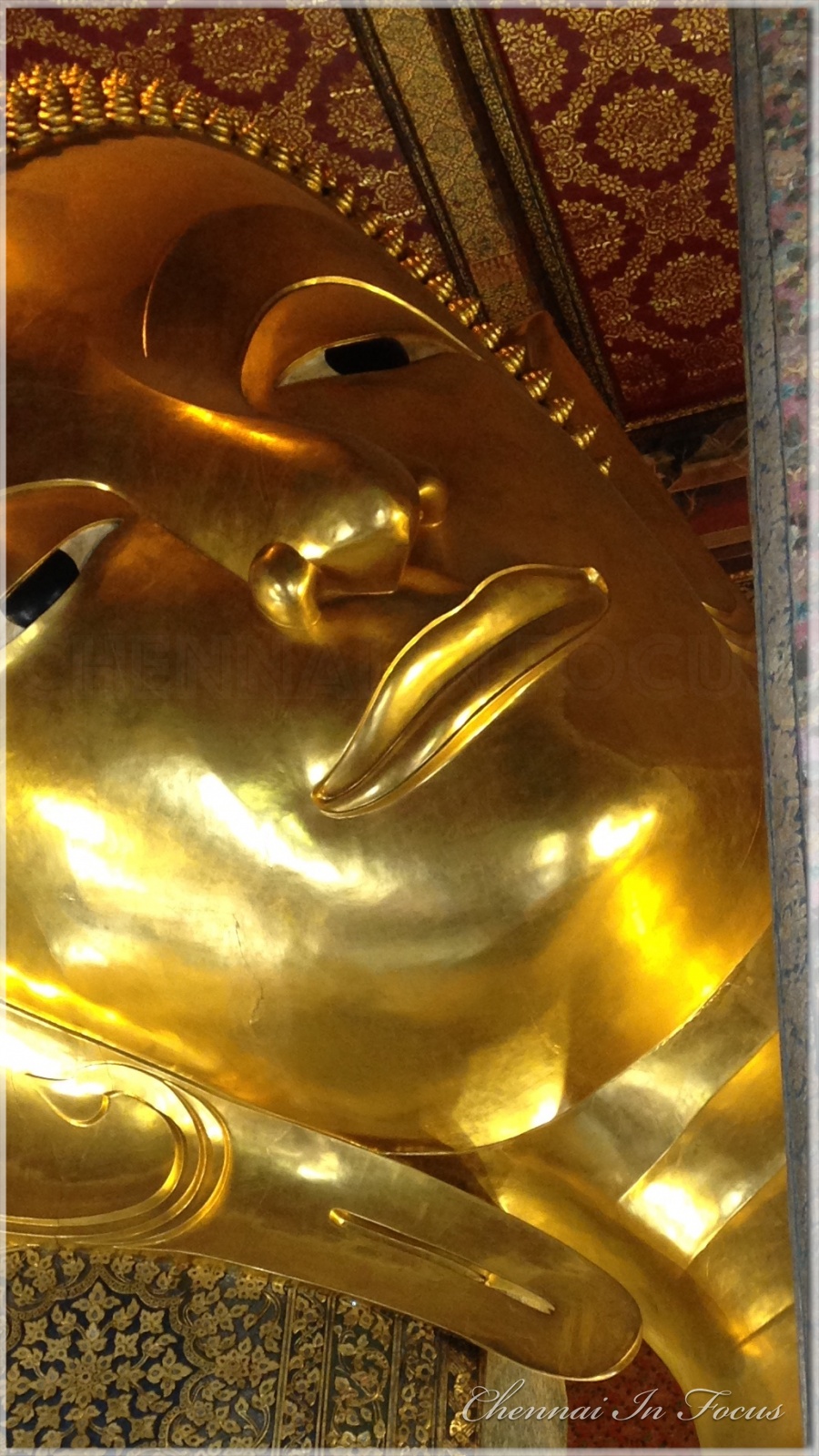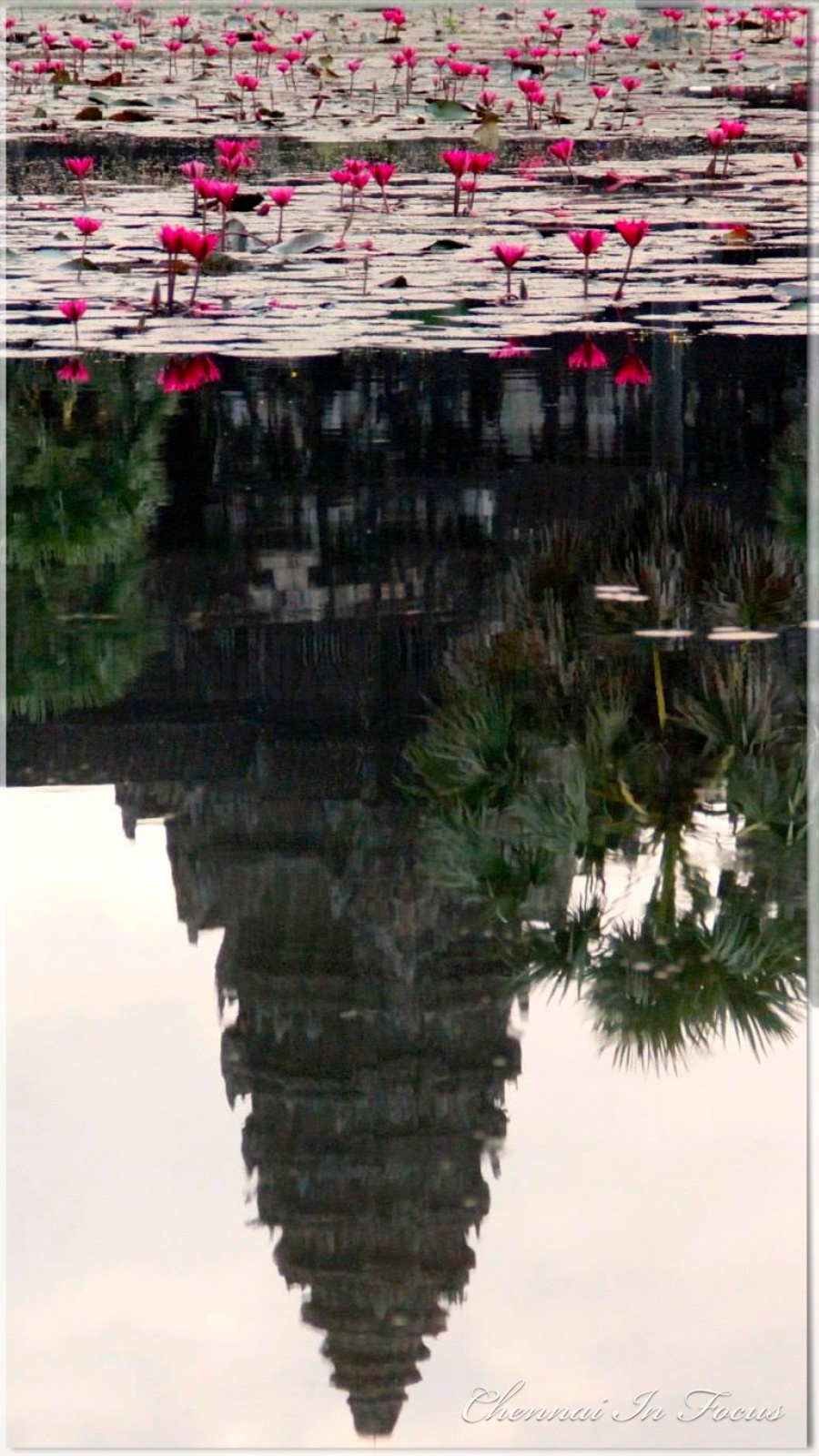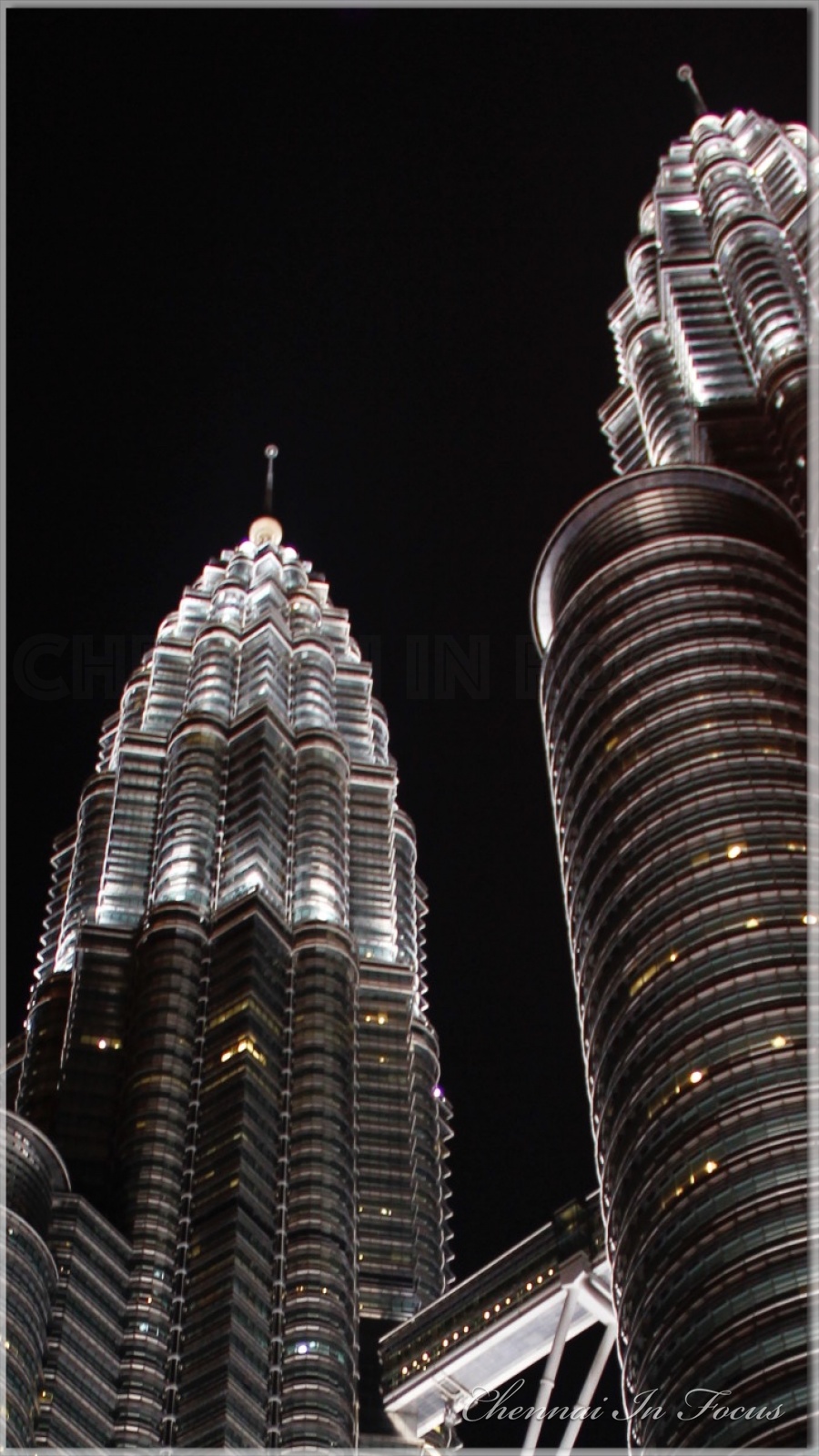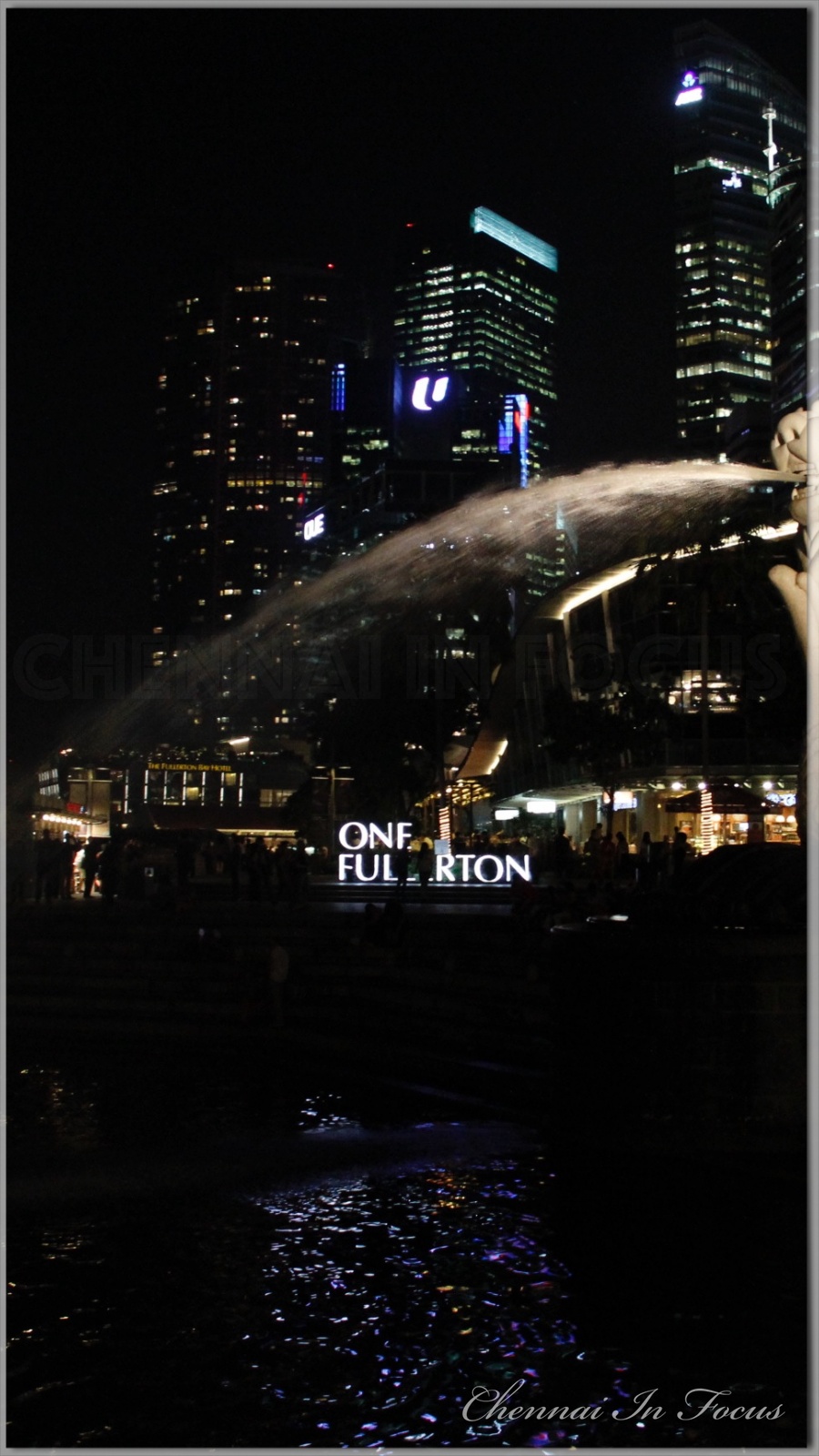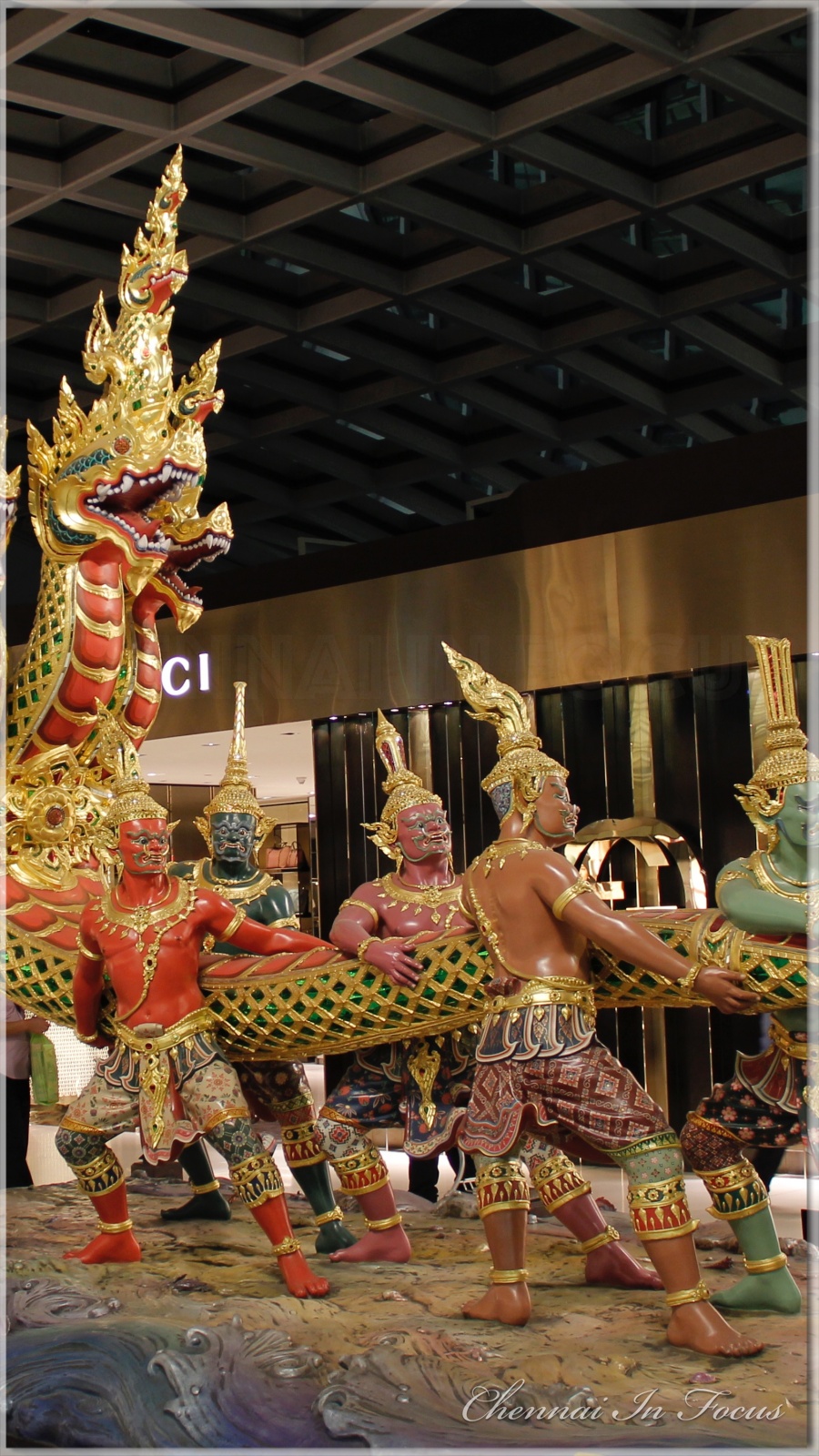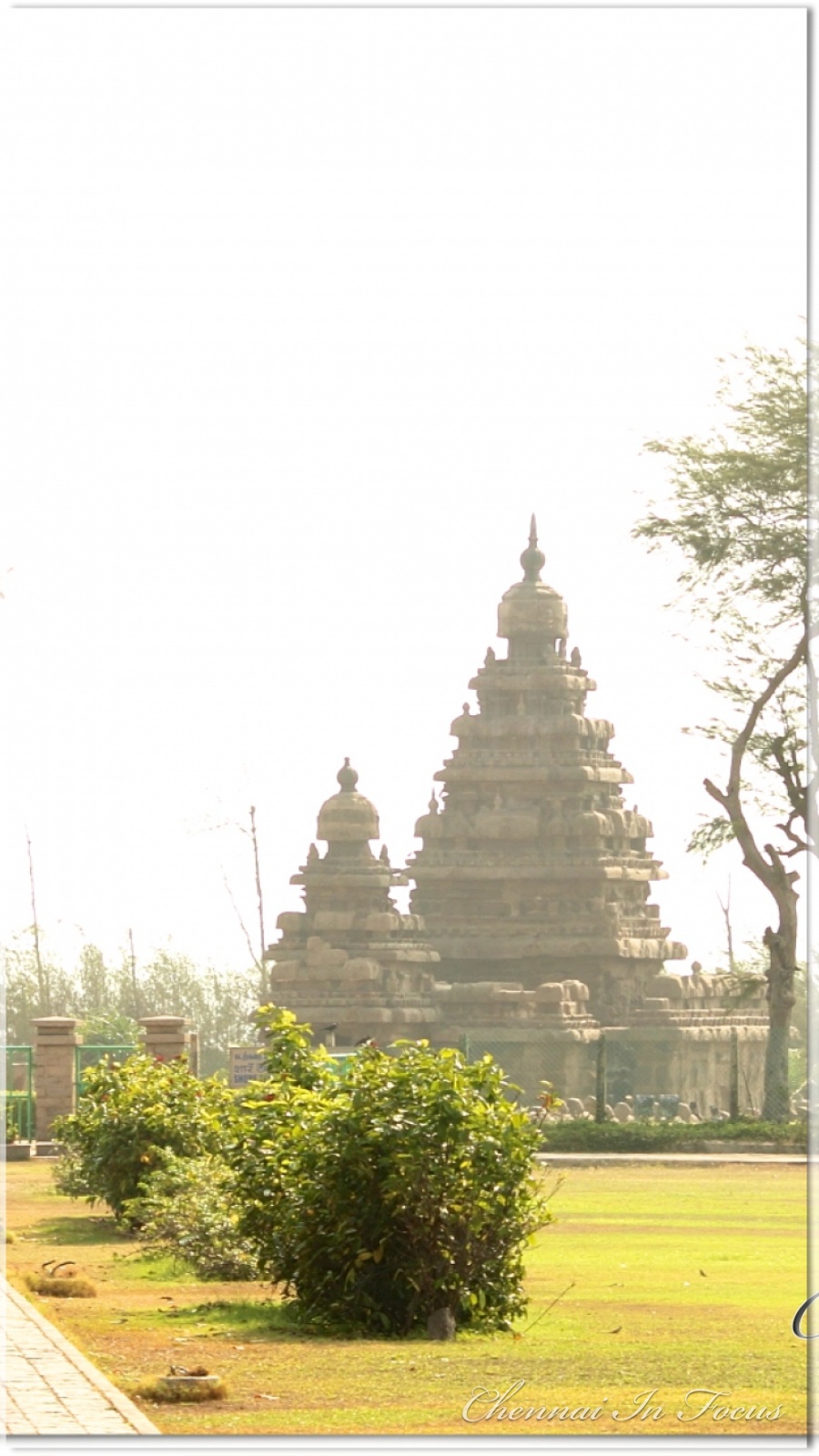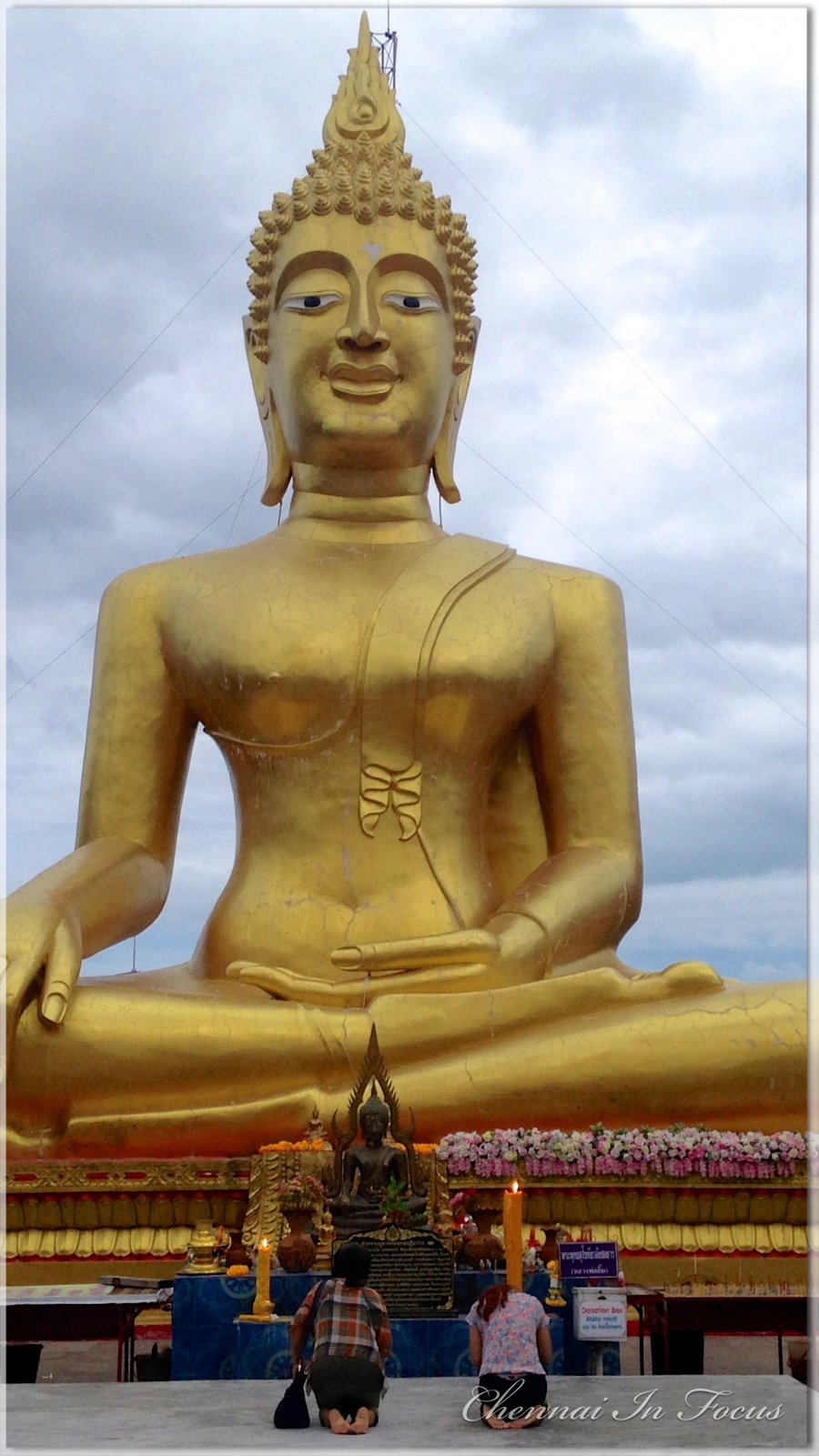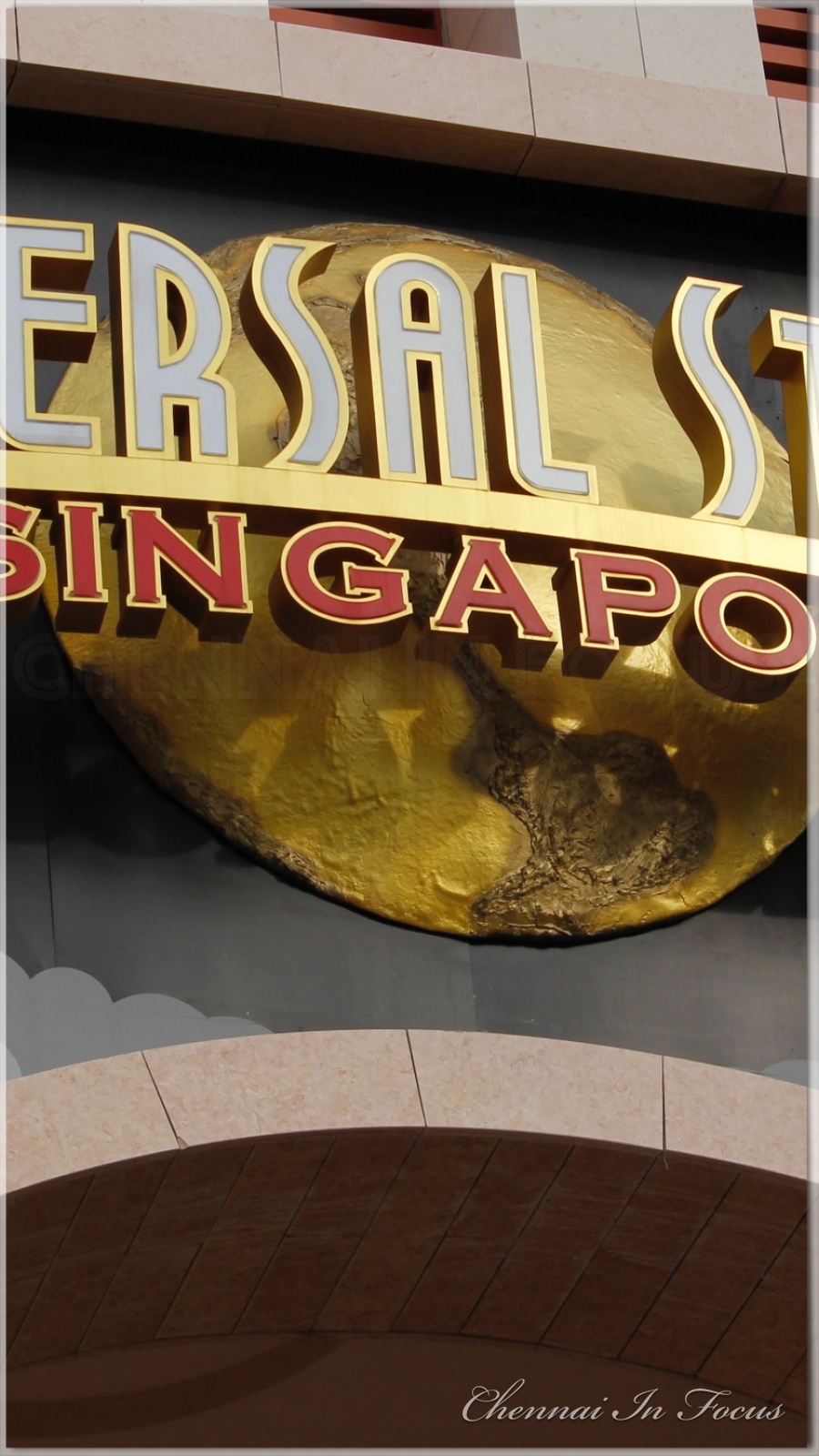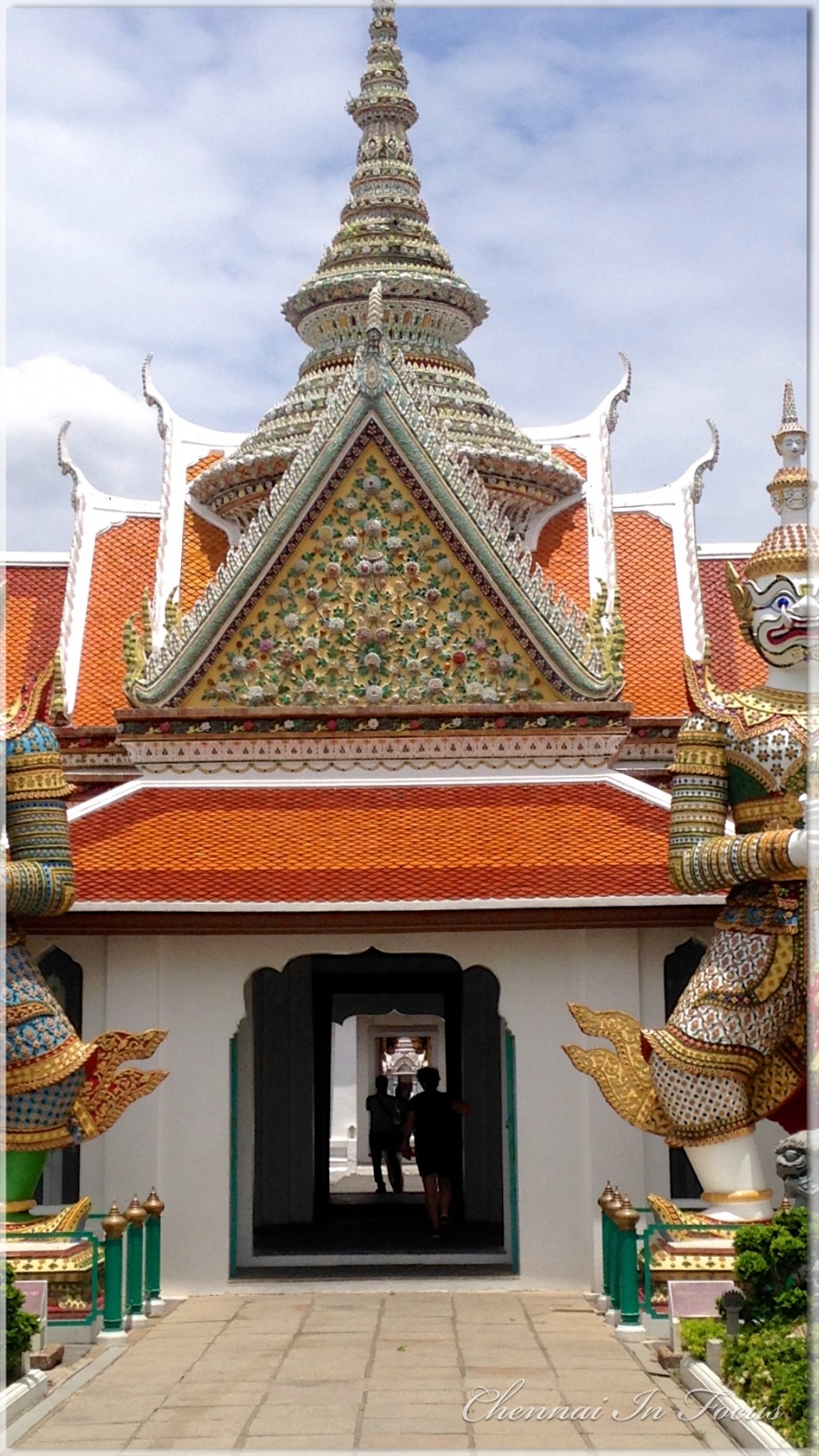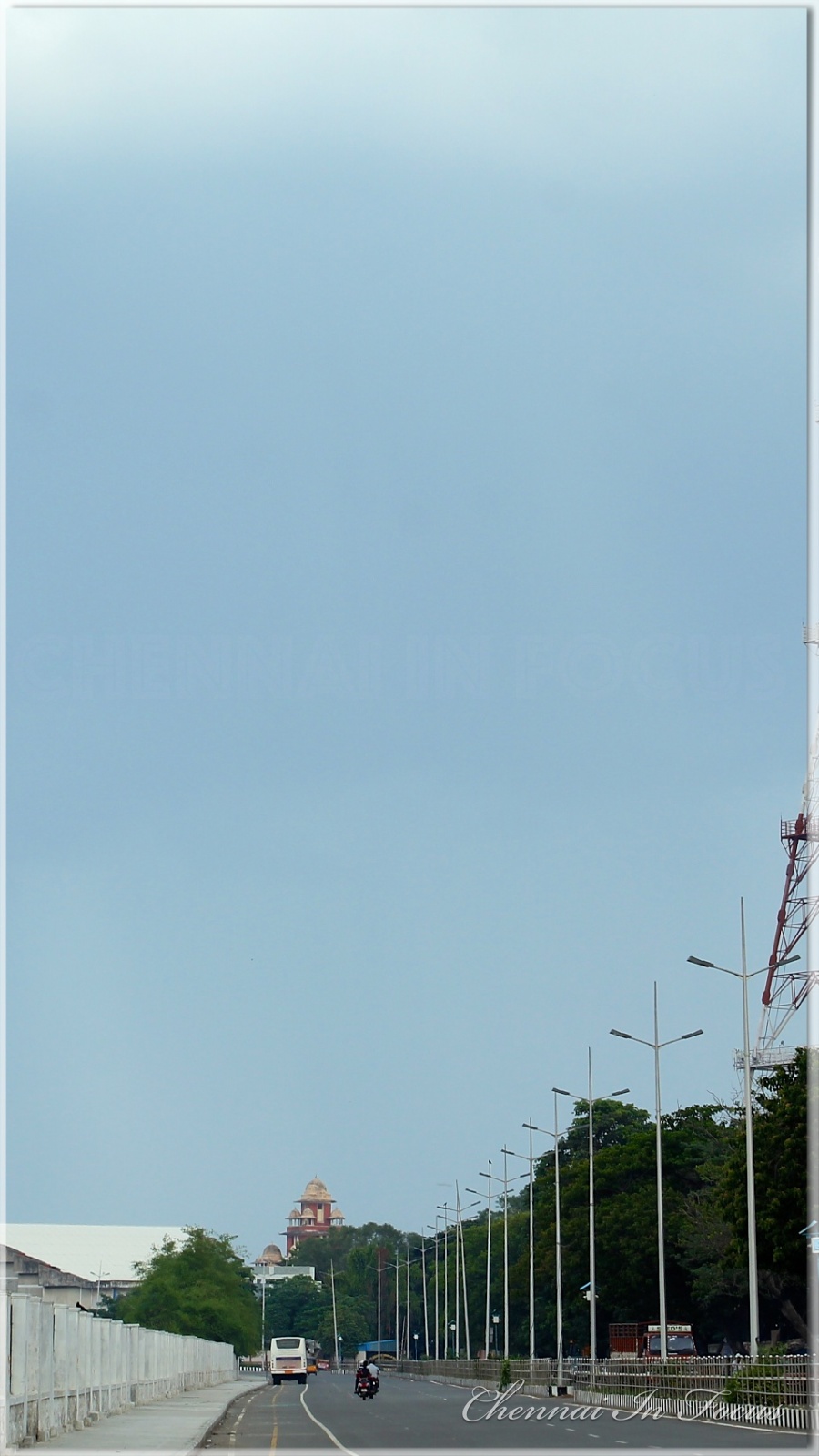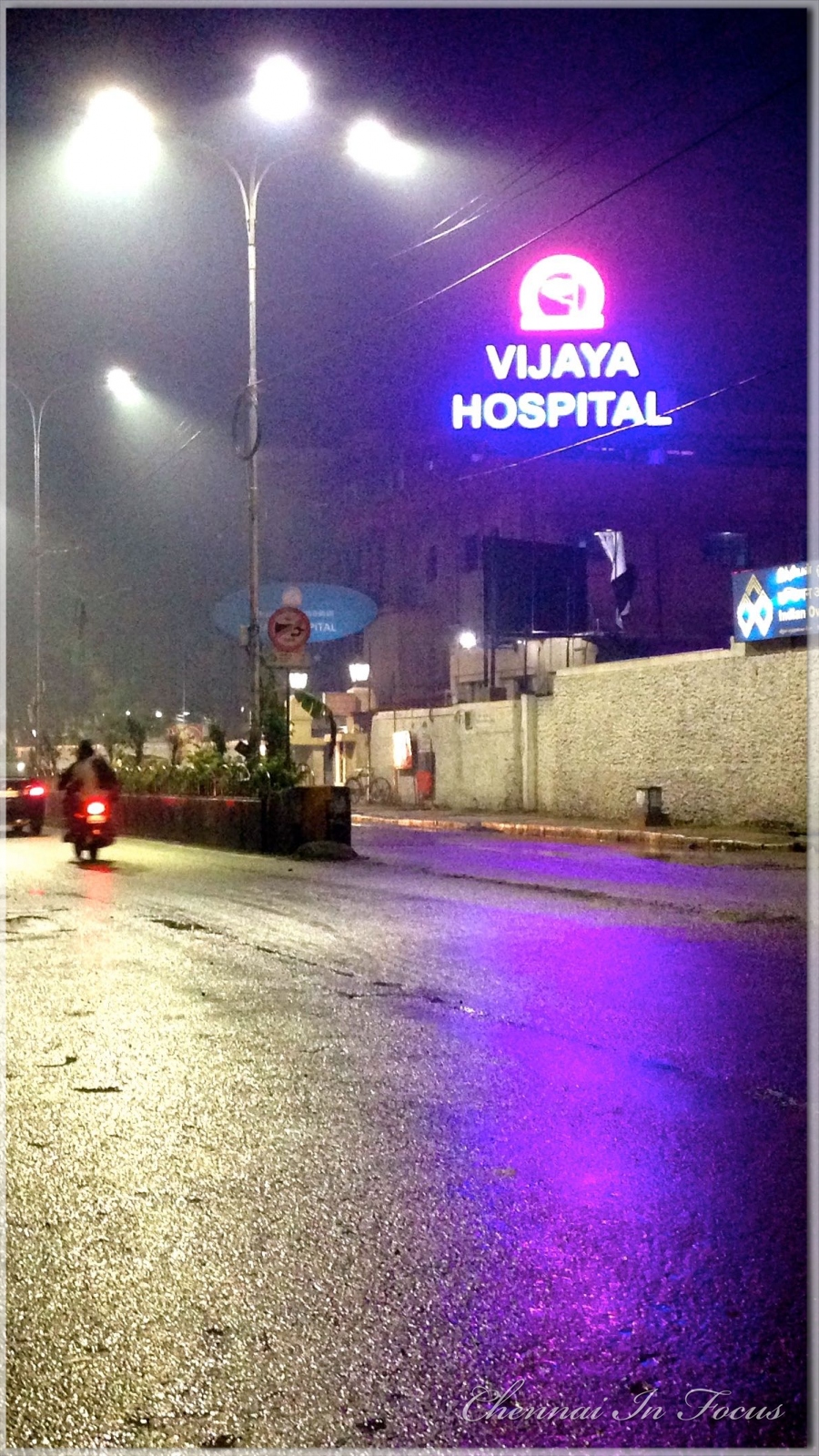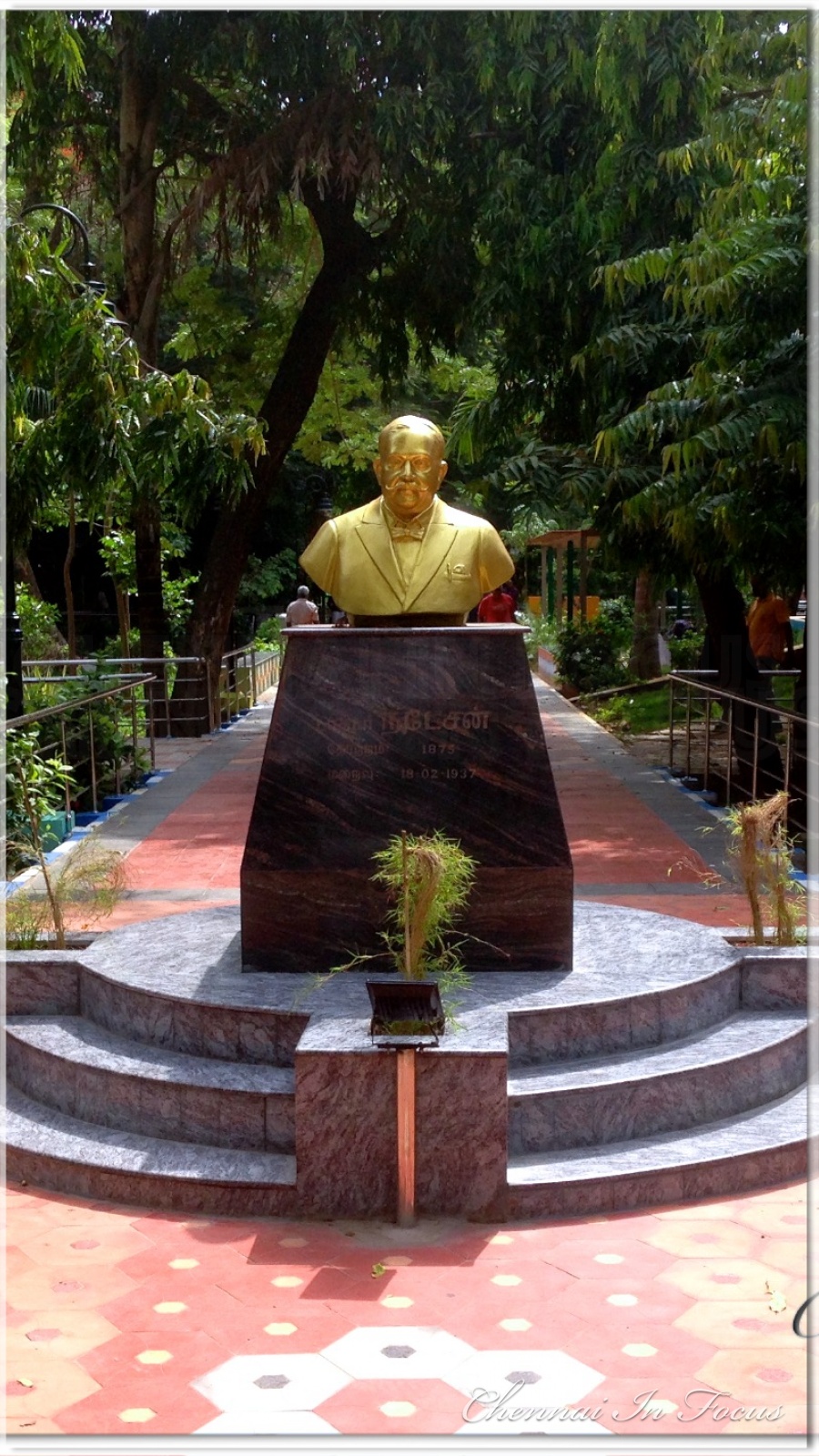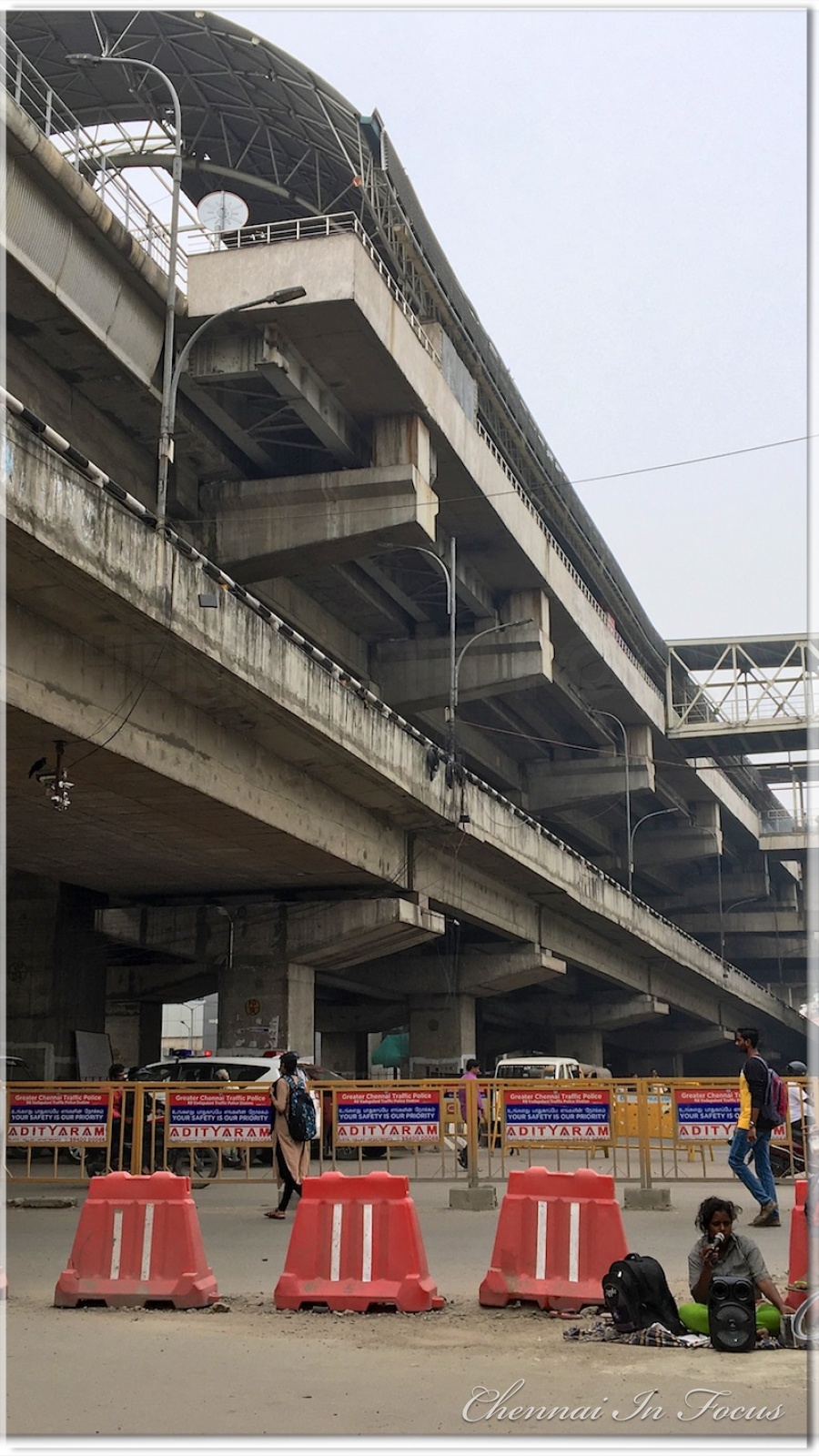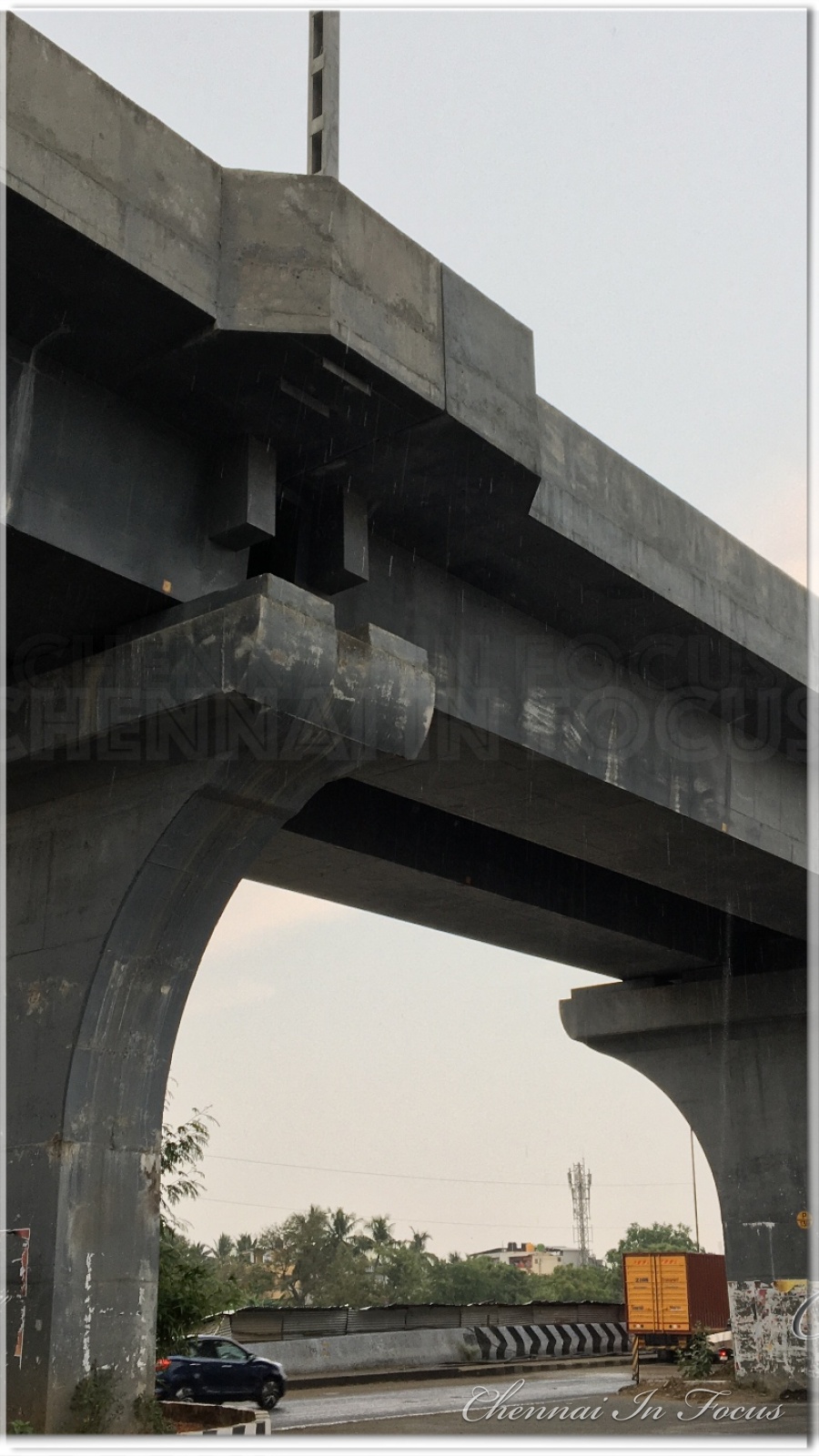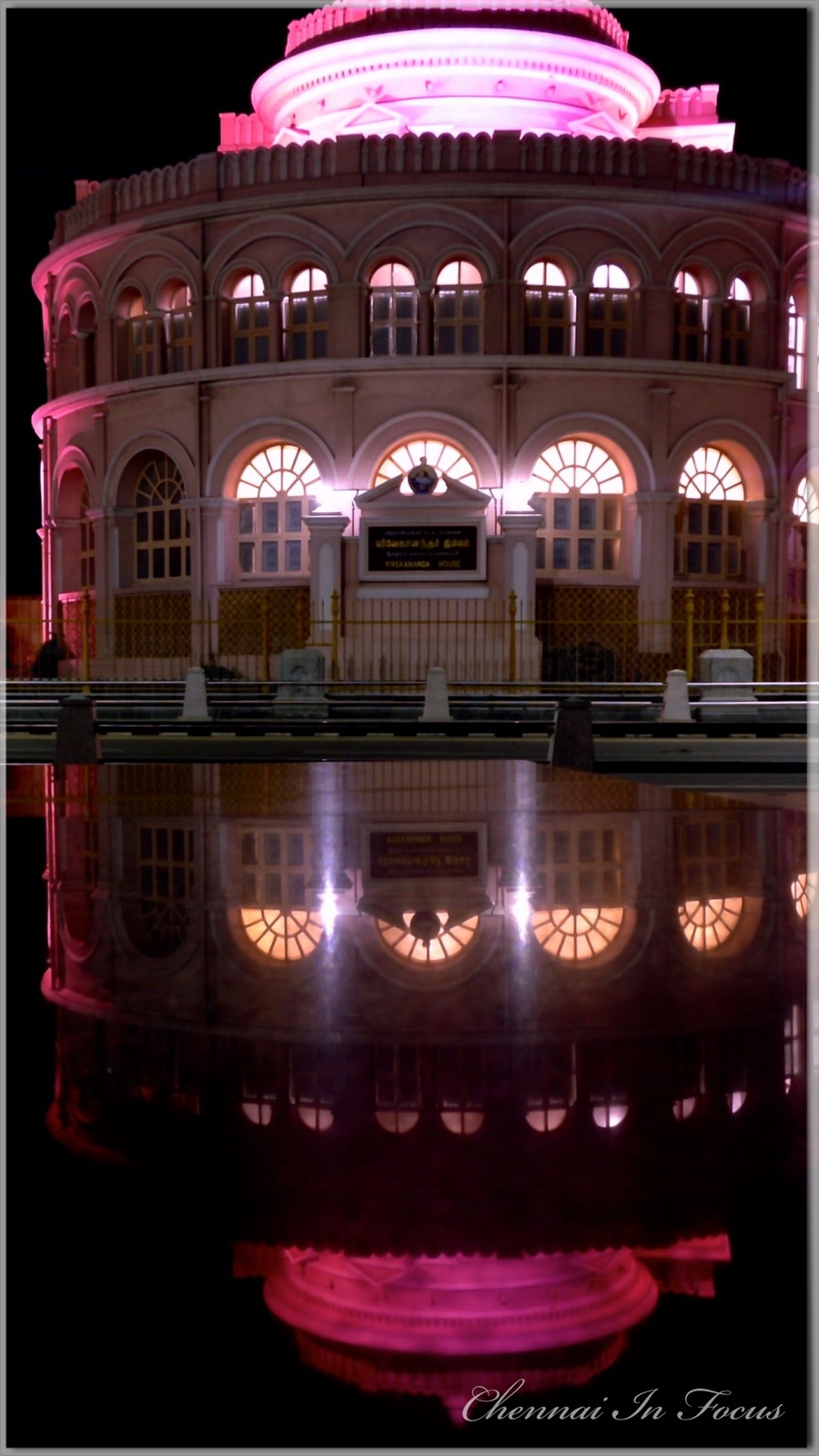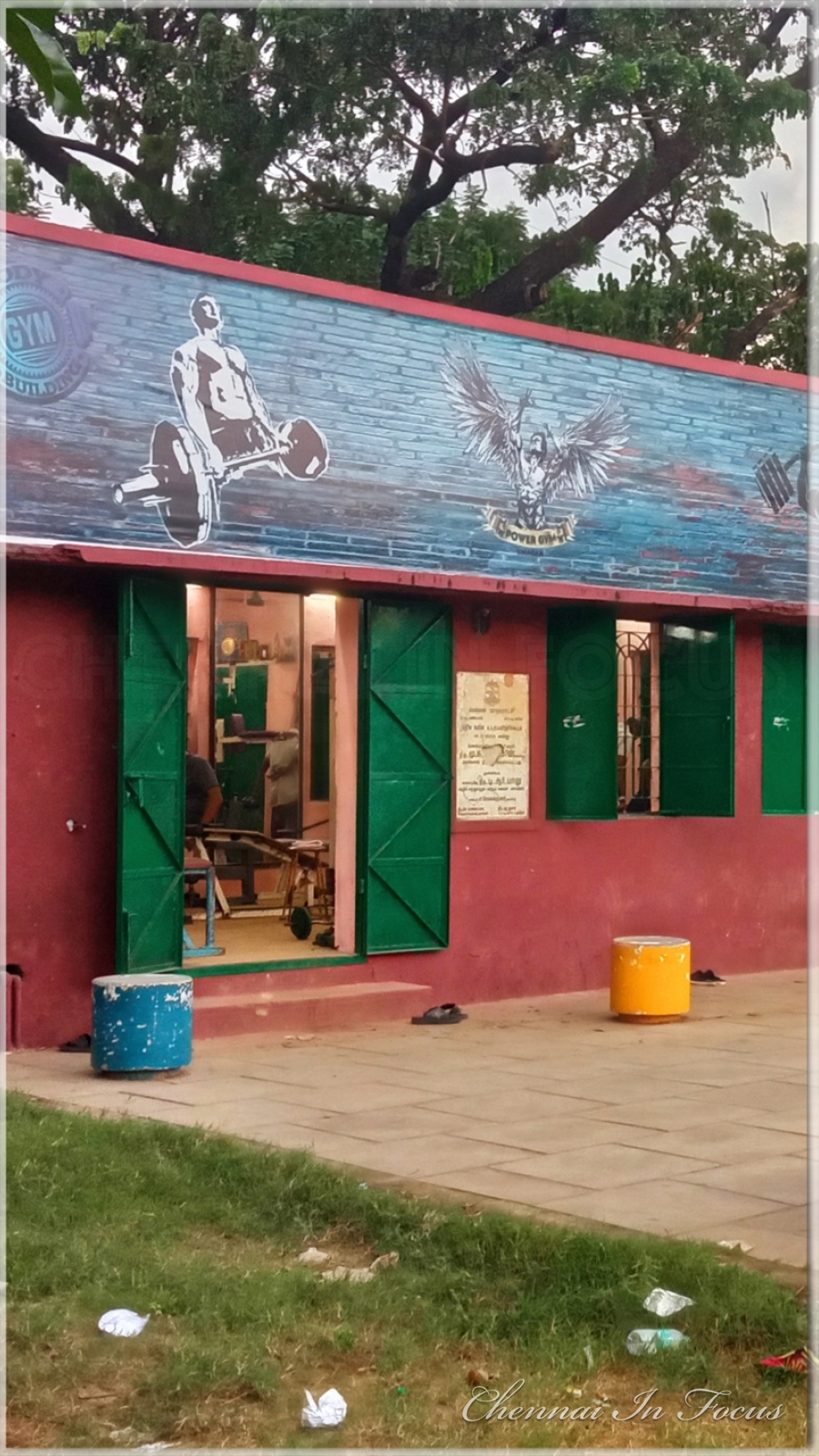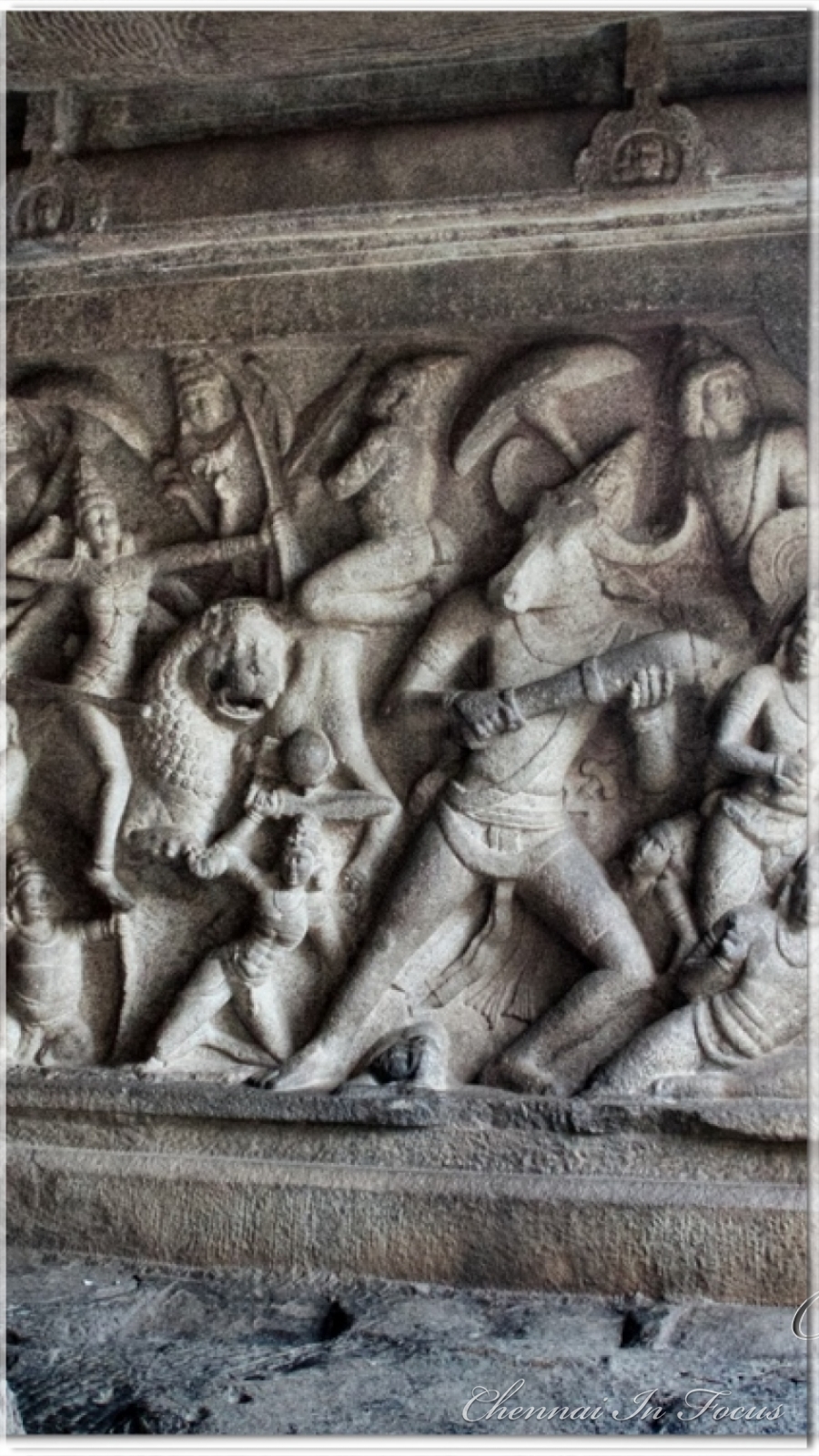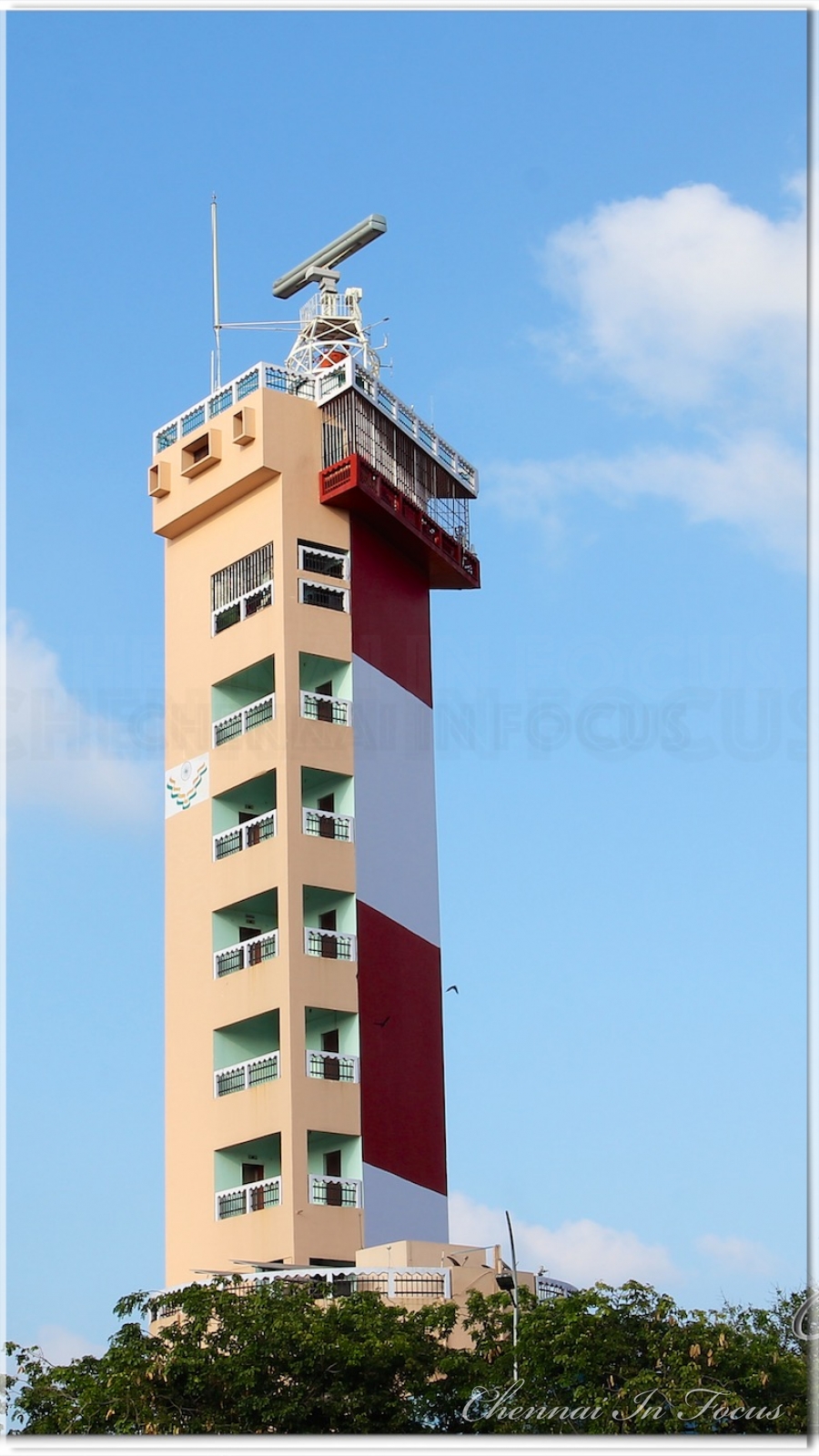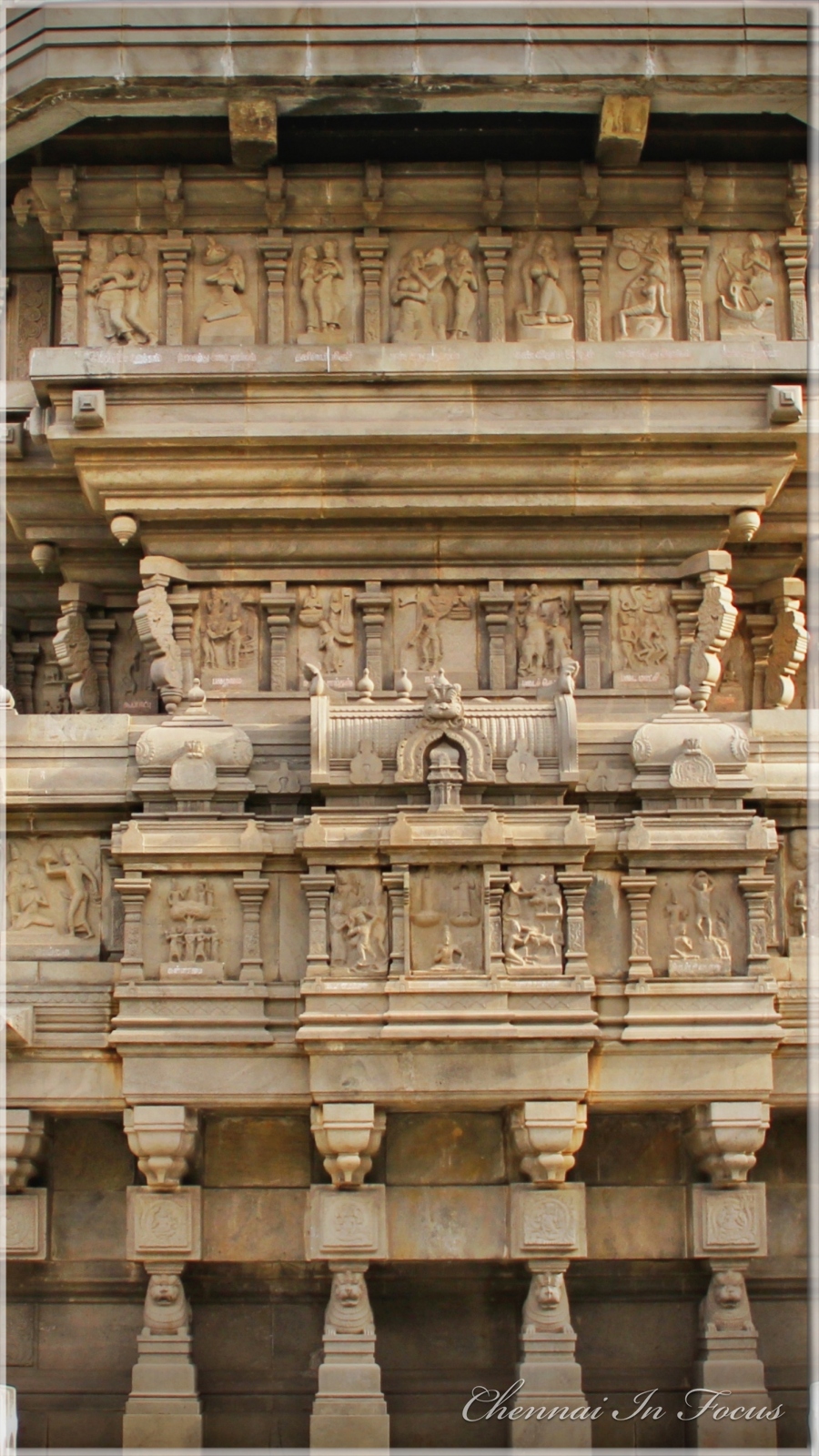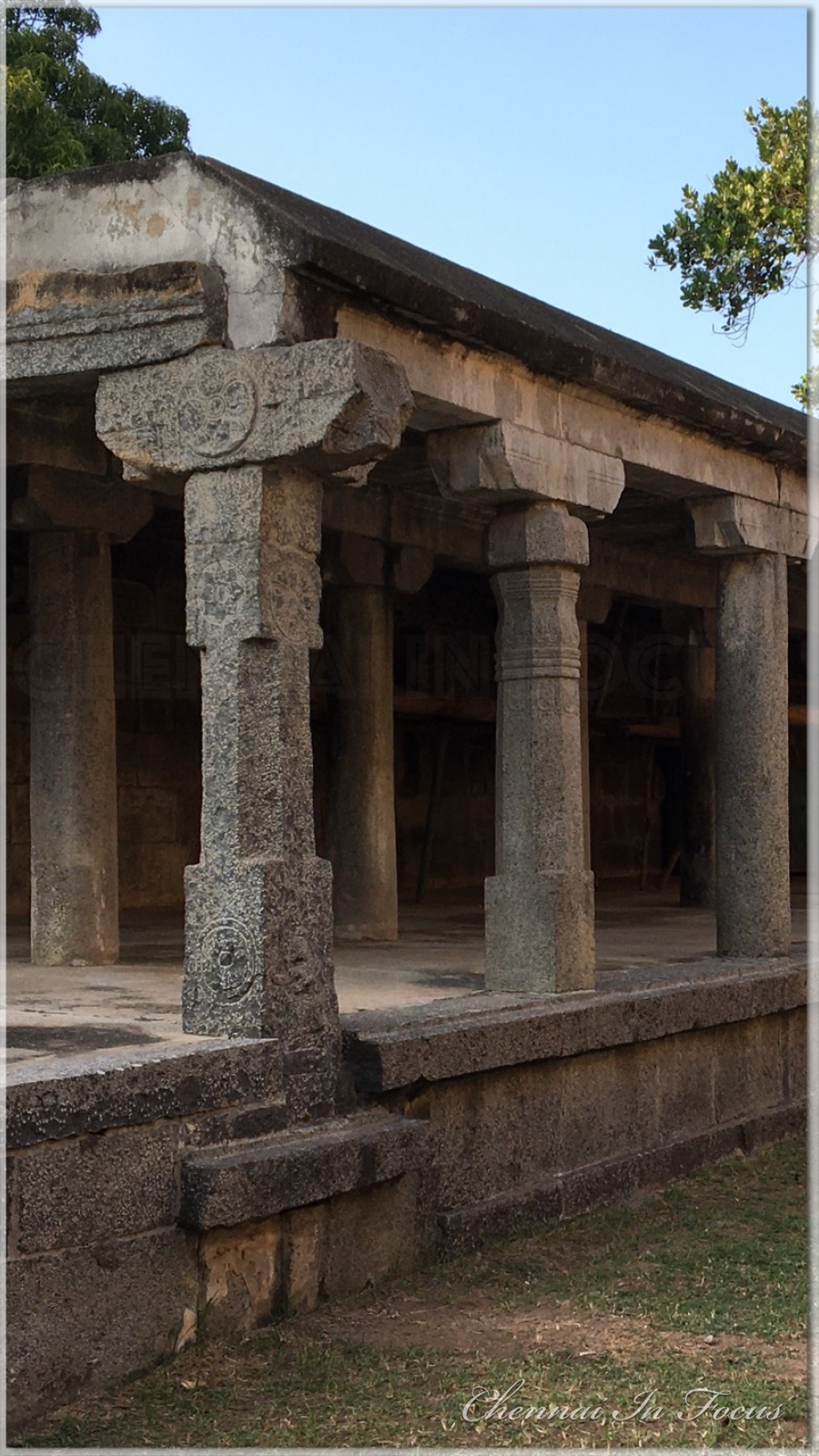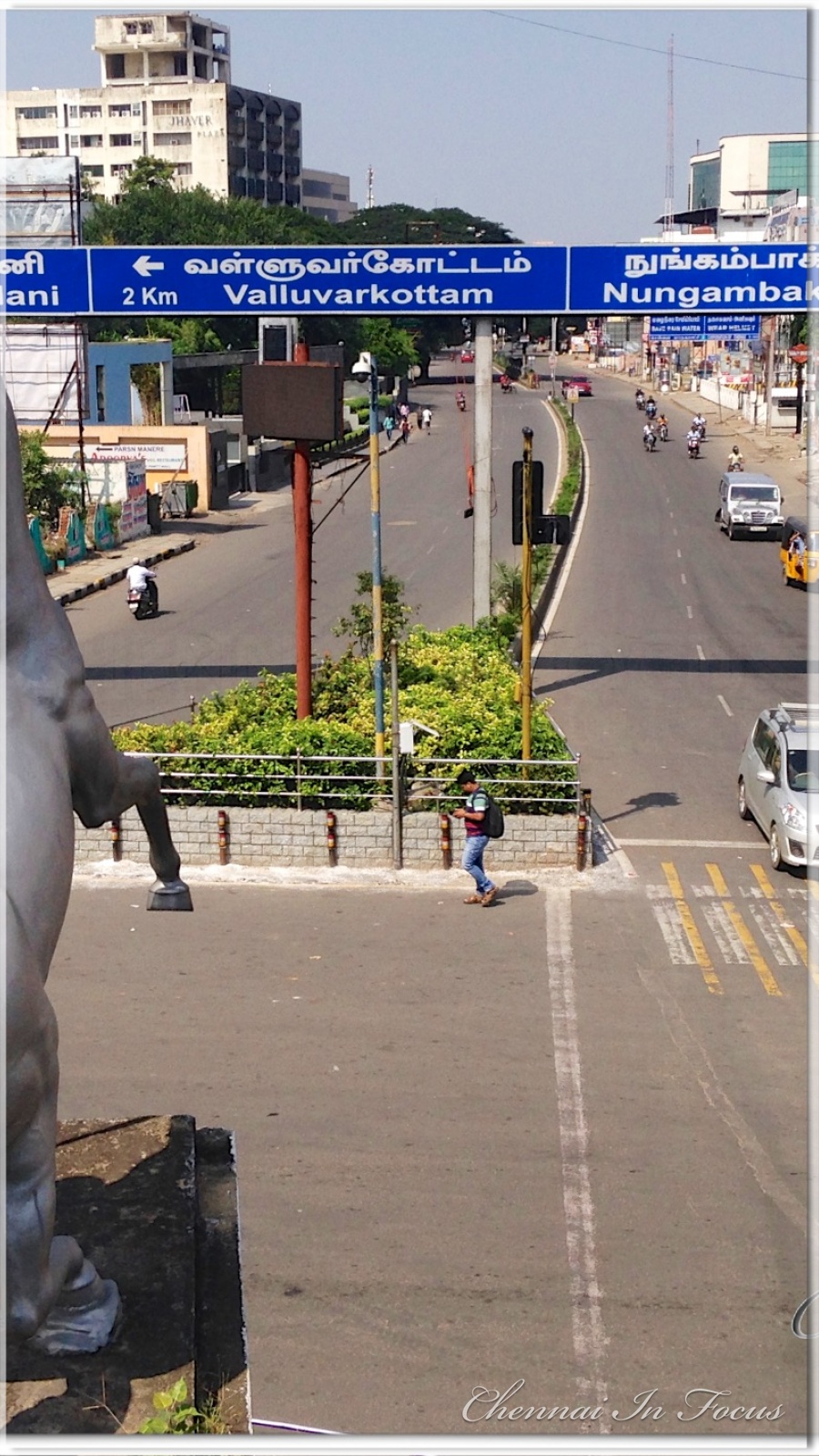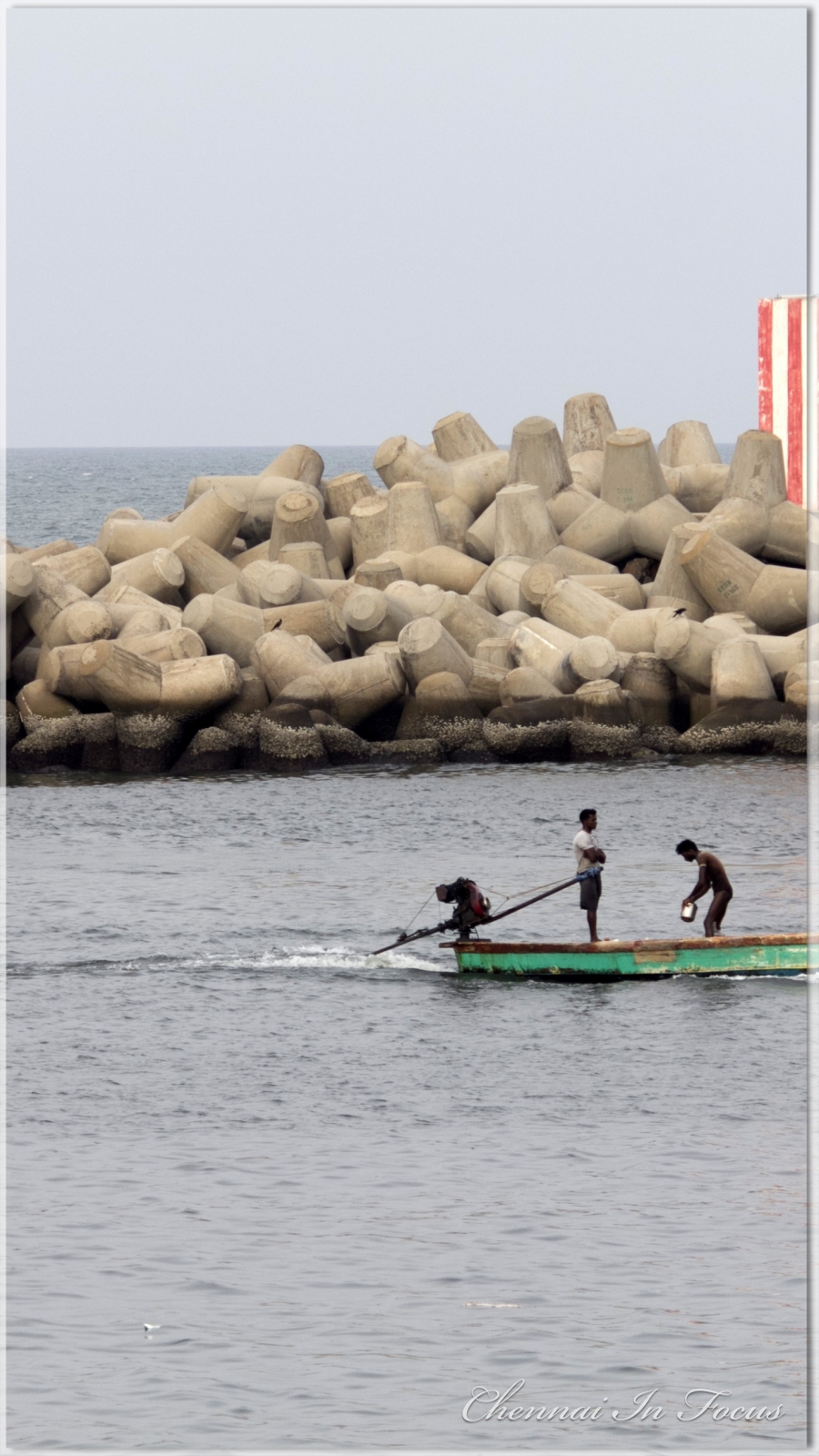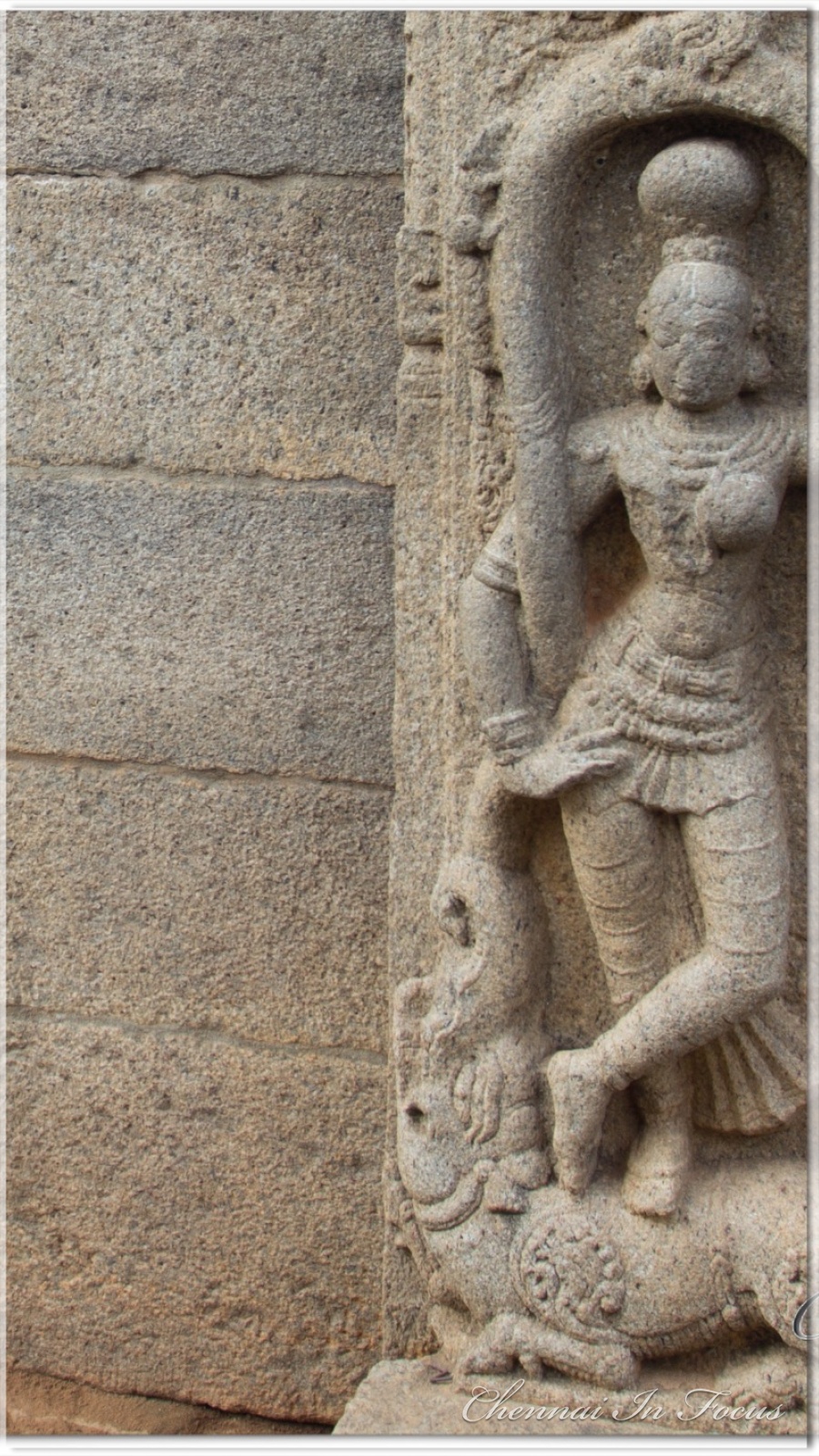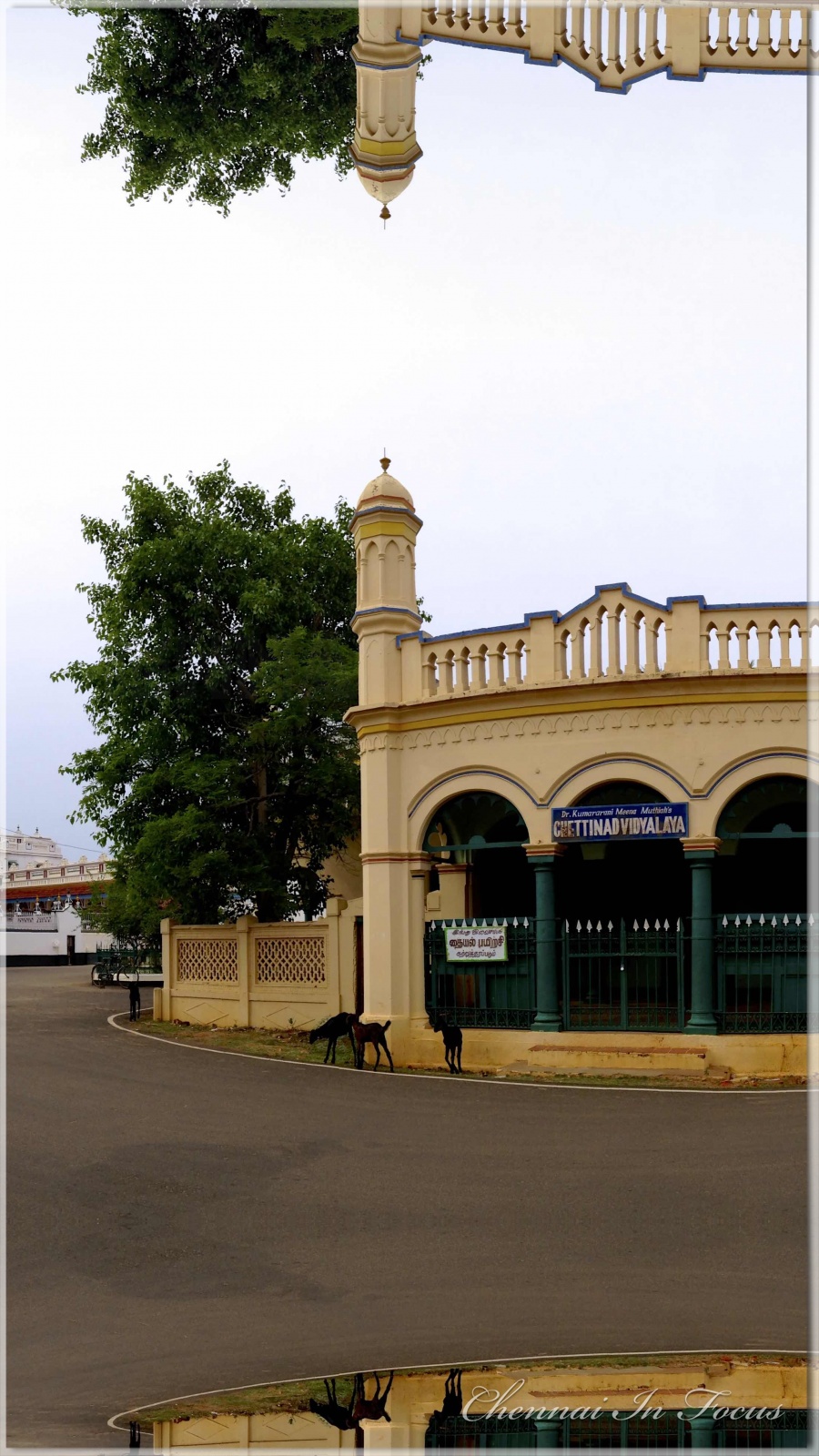Monument
A monument is a type of—usually three-dimensional—structure that was explicitly created to commemorate a person or event, or which has become relevant to a social group as a part of their remembrance of historic times or cultural heritage, due to its artistic, historical, political, technical or architectural
Madras War Cemetery
Madras War Cemetery is a war cemetery and a memorial in Nandambakkam, Chennai (Madras), Tamil Nadu, India, created to receive Second World War graves from many civil and cantonment cemeteries in the south and east of India where their permanent maintenance could not be assured. The cemetery contains 856 Commonwealth burials of the Second World War. It was established in 1952 by the Imperial War Graves Commission, now known as the Commonwealth War Graves Commission (CWGC), to pay tribute to the men and women who sacrificed their lives in World War II.
Lighthouse
The Madras Light House (Tamil: சென்னைக் கலங்கரை விளக்கம்) is a lighthouse facing the Bay of Bengal on the east coast of the Indian Subcontinent. It is a famous landmark on the Marina Beach in Chennai, India. It was built by the East Coast Constructions and Industries in 1976 replacing the old lighthouse in the northern direction. The lighthouse was opened in January 1977. It also houses the meteorological department and is restricted to visitors. It is one of the few lighthouses in the world and the only one in India with an elevator.
Shore Temple
The Shore Temple (built in 700-728 AD) is so named because it overlooks the shore of the Bay of Bengal. It is a structural temple, built with blocks of granite, dating from the 8th century AD. It was built on a promontory sticking out into the Bay of Bengal at Mahabalipuram, a village south of Chennai in the state of Tamil Nadu in India. The village was a busy port during the 7th and 8th century reign of the Pallava dynasty during the reign of Narasimhavarman II.
Vivekananda House
Vivekanandar Illam, earlier known as Ice House or Castle Kernan, is a historical building in Chennai, India. It was constructed in 1842 by Frederic Tudor. Indian Saint Swami Vivekananda stayed in the building when he visited Chennai in 1897 and was later renamed in his honor.
Gateway of India
The Gateway of India is an arch-monument built in the early twentieth century in the city of Mumbai, in the Indian state of Maharashtra. It was erected to commemorate the landing in December 1911 at Apollo Bunder, Mumbai of King-Emperor George V and Queen-Empress Mary, the first British monarch to visit India.
Varaha Cave
Varaha Cave Temple (also Adivaraha Cave Temple) is a rock-cut cave temple located at Mamallapuram, on the Coromandel Coast of the Bay of Bengal in Kancheepuram District in Tamil Nadu, India. It is part of the hilltop village, which is 4 kilometers (2.5 mi) to the north of the main Mahabalipurm sites of rathas and the Shore Temple.[1][2] It is an example of Indian rock-cut architecture dating from the late 7th century. The temple is one of the finest testimonials to the ancient Vishwakarma Sthapathis, of rock-cur cave architecture, out of many such caves also called mandapas.
Arjuna's Penance
Descent of the Ganges is a monument at Mamallapuram, on the Coromandel Coast of the Bay of Bengal, in the Chengalpattu district of the state of Tamil Nadu, India. Measuring 96 by 43 feet (29 m × 13 m), it is a giant open-air rock relief carved on two monolithic rock boulders. The legend depicted in the relief is the story of the descent of the sacred river Ganges to earth from the heavens led by Bhagiratha. The waters of the Ganges are believed to possess supernatural powers.
Mahabalipuram
Mamallapuram, or Mahabalipuram, is a town on a strip of land between the Bay of Bengal and the Great Salt Lake, in the south Indian state of Tamil Nadu. It’s known for its temples and monuments built by the Pallava dynasty in the 7th and 8th centuries. The seafront Shore Temple comprises 3 ornate granite shrines. Krishna’s Butter Ball is a massive boulder balanced on a small hill near the Ganesha Ratha stone temple.
Wat Arun
Wat Arun Ratchawararam Ratchawaramahawihan (Thai: วัดอรุณราชวราราม ราชวรมหาวิหาร) or Wat Arun (Thai pronunciation: [wát ʔarun], "Temple of Dawn") is a Buddhist temple (wat) in Bangkok Yai district of Bangkok, Thailand, on the Thonburi west bank of the Chao Phraya River. The temple derives its name from the Hindu god Aruna, often personified as the radiations of the rising sun. Wat Arun is among the best known of Thailand's landmark.

